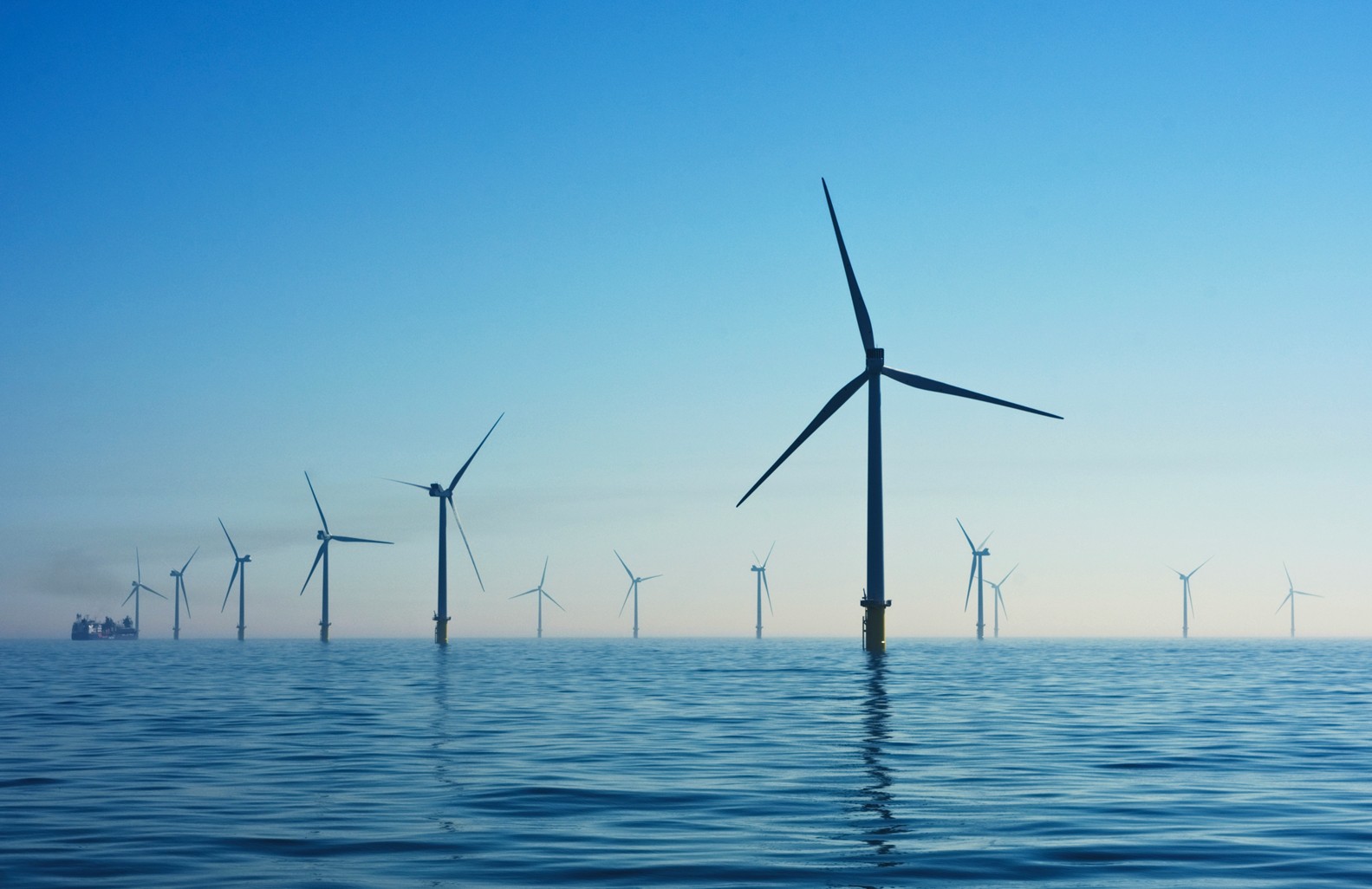Image: Offshore wind turbines by Nicholas Doherty
A novel dispute has arisen in the North Sea as Belgium faces accusations of “stealing wind” from Dutch offshore wind farms. The contention centres on the placement of Belgian wind turbines southwest of Dutch installations, leading to concerns about reduced wind speeds and energy generation for the Netherlands.
Remco Verzijlbergh, CEO of Dutch weather forecasting service Whiffle, highlighted the issue, explaining that wind turbines extract energy from the air, creating a “wake effect” that results in lower wind speeds behind them. “Behind a wind farm with many wind turbines together, you really see lower wind speeds,” Verzijlbergh stated. He noted that Belgian wind farms, situated southwest of Dutch parks, often intercept prevailing winds, potentially reducing the efficiency of Dutch turbines by up to 3%.
The phenomenon, known as wind shadow or wake effect, is becoming increasingly significant as the North Sea sees a proliferation of offshore wind farms. Countries including Belgium, the Netherlands, the UK, Germany, and Denmark have ambitious plans to expand wind energy capacity in the region, aiming to increase from 30 to 120 gigawatts by 2030, with further growth anticipated by 2050.
Verzijlbergh emphasised the need for coordinated planning to prevent conflicts over wind resources. “Coordination is needed so that it is not handled unwisely or that no ‘race to the water’ is organised, where whoever builds first also gets the most favourable wind,” he warned.
As nations strive for carbon neutrality, the equitable distribution of wind resources and collaborative offshore planning are becoming critical to ensure the sustainable development of renewable energy infrastructure in shared maritime spaces.
